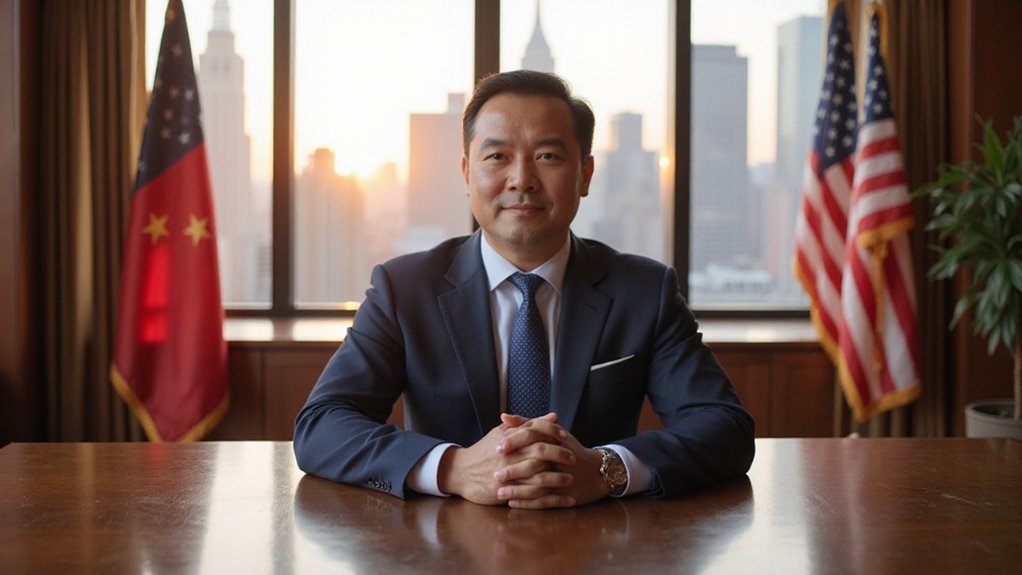In just under sixty minutes, 1,111 wallets deposited $500 million into Plasma’s stablecoin vault—a figure that would have represented a respectable quarterly earnings report for a mid-tier corporation, yet here constituted nothing more than speculative enthusiasm for a blockchain that doesn’t technically exist yet.
The mechanics reveal familiar patterns of crypto excess. Plasma, positioning itself as a stablecoin-optimized Layer 1 blockchain, orchestrated what amounts to the largest ICO-style event in recent memory through an Ethereum-based vault system accepting USDT, USDC, USDS, and DAI. The original $50 million target proved laughably inadequate as demand surged tenfold, creating the sort of oversubscription scenario that makes venture capitalists weep with envy.
Whale dominance predictably emerged as the defining narrative. Ten wallets controlled 40% of total deposits, with one particularly ambitious participant contributing just under $50 million—nearly 10% of the entire raise. The median deposit approximated $35,000 per wallet, though averages exceeded $400,000, illustrating the mathematical distortion that occurs when billionaires crash retail parties.
Mathematical distortion occurs when billionaires crash retail parties, transforming democratic token distributions into high-stakes auctions dominated by whale capital.
Perhaps most remarkably, one participant spent over $100,000 in Ethereum gas fees alone, presumably viewing such expenditure as a reasonable cost of doing business in the pursuit of allocation priority. This gas war mentality transformed what should have been a democratic token distribution into a high-stakes auction where transaction fees became status symbols.
The tokenomics framework reveals careful structuring: XPL tokens represent merely 10% of total supply, establishing a fully diluted valuation of $500 million that mirrors previous Founders Fund-backed equity rounds. Depositors retain withdrawal rights before the actual sale, though few seem likely to exercise such restraint given the frenzied participation. The backing by Tether, issuer of the world’s largest stablecoin USDT, adds significant credibility to Plasma’s infrastructure ambitions.
Veda’s smart contract audits provide institutional credibility, managing over $2.6 billion in total value locked across various protocols. The time-weighted deposit model theoretically rewards early participation and extended commitment, though such mechanisms seem secondary when whales can simply overwhelm the system through sheer capital deployment. The infrastructure emphasis mirrors broader industry trends, with projects like Shiba Inu demonstrating how multisignature wallets and timelocked contracts serve as fundamental investor protection mechanisms.
This event signals either an ICO revival or collective amnesia regarding previous crypto cycles, depending on one’s perspective on market memory and human nature.









